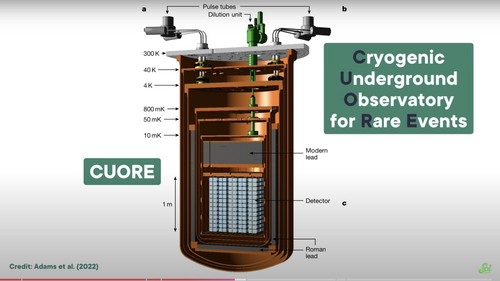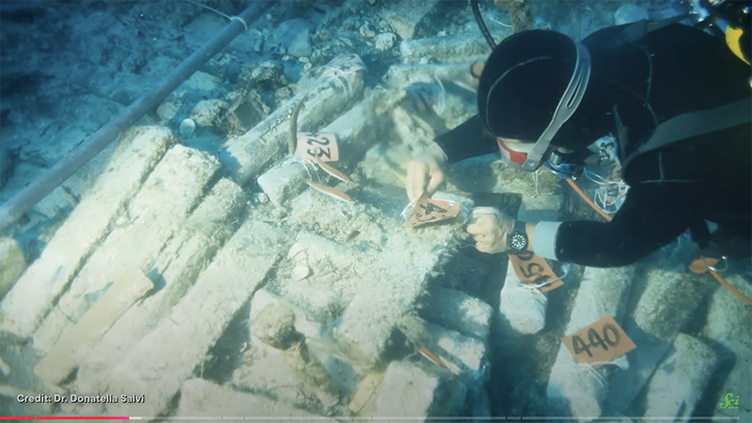
SciShow, a YouTube channel with over 8 million subscribers that, according to their tagline, “explores the unexpected,” recently featured the CUORE (Cryogenic Underground Observatory for Rare Events) and CUPID (CUORE Upgrade with Particle IDentification) experiments in a video about how “An Ancient Roman Shipwreck May Explain the Universe”.
The video, hosted by SciShow’s Hank Green, explains how and why the CUORE experiment and its successor CUPID have been able to use artifacts found in an ancient Roman shipwreck to enhance the ability of their physics experiment that seeks to understand the mysterious nature of the fundamental physical processes that have shaped our Universe as we know it.
See the video on YouTube here to learn more.
CUORE and CUPID at Yale Wright Lab
CUORE, located in Italy at the Gran Sasso National Underground Laboratory—deep under the Apennine Mountains, has created the coldest cubic meter of the Universe to search for a previously undetected process called neutrinoless double beta decay. If such a process is observed, it would demonstrate that neutrinos are their own antiparticles, offering a possible explanation for why we live in a Universe of matter, not antimatter.
CUORE is a collaboration of over 100 scientists from over 20 institutions worldwide, many of whom also form the CUPID collaboration. Karsten Heeger, Eugene Higgins Professor and Chair of Physics, and Director of Wright Lab is the international co-spokesperson of CUPID; and Reina Maruyama, professor of physics and astronomy is co-spokesperson of the CUORE experiment.
Maruyama and Heeger have been involved in CUORE since 2004, and their group at Yale’s Wright Lab is now preparing for the CUORE Upgrade with Particle Identification (CUPID). CUORE recently released its latest result setting the most stringent limits on neutrinoless double beta decay in 130Te with half-lives of > 4x10^25 yr, orders of magnitudes larger than the age of the Universe.
